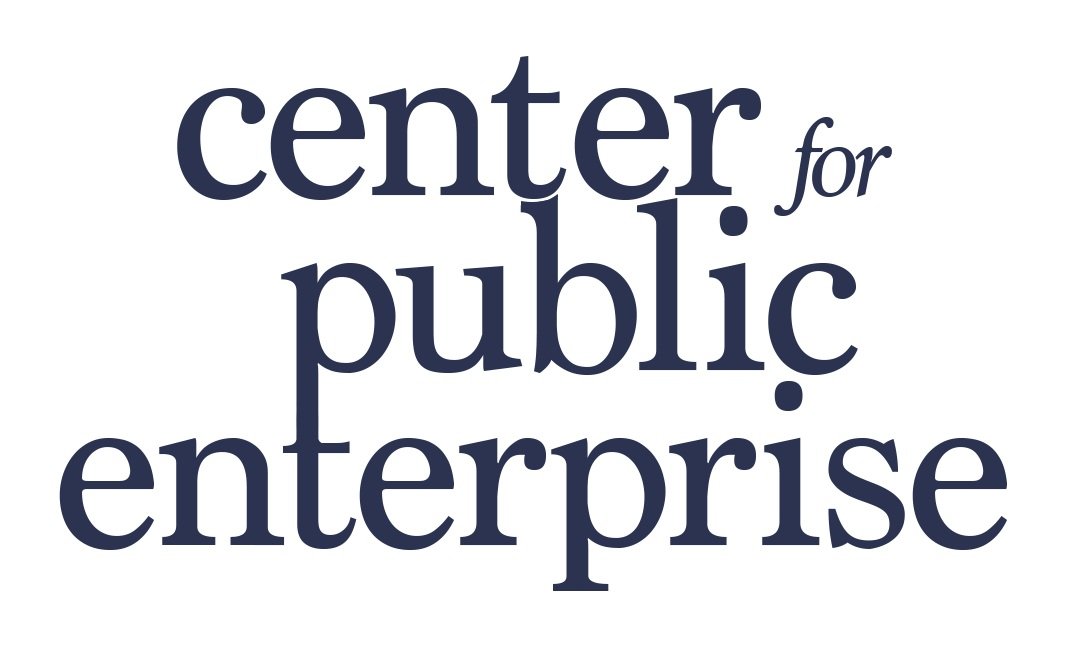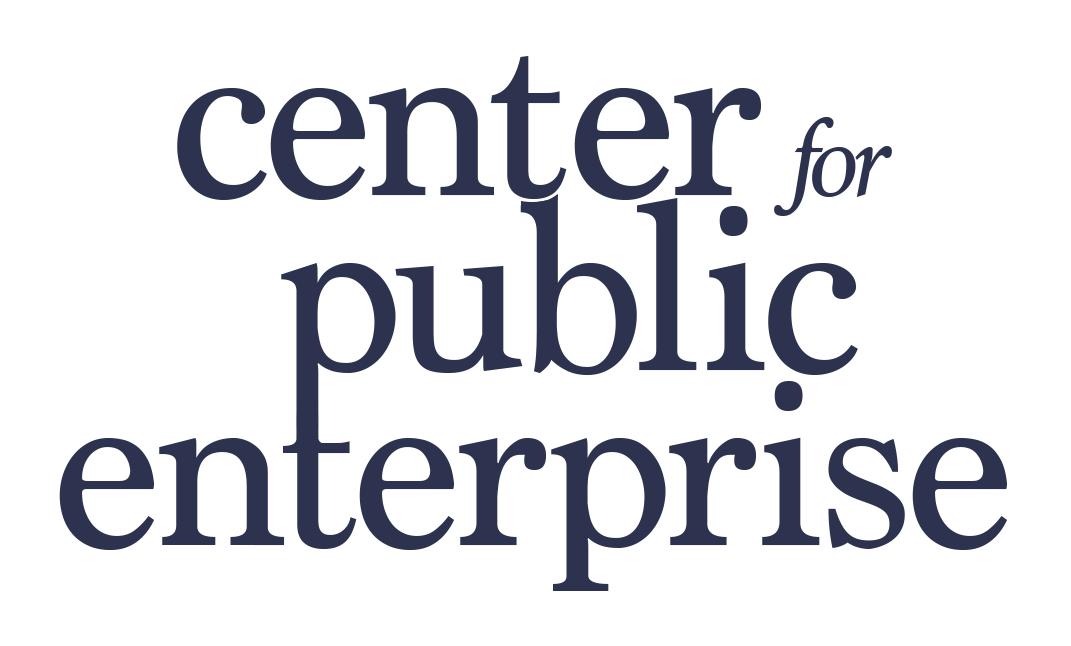Greenhouse Gas Reduction Fund, Part 2: How to make a market
Part 2: How to make a market
By Yakov Feygin and Advait Arun
The EPA’s announcement of the first round of GGRF recipients marks the “end of the beginning.” For the past decade, the advocates of green banking have pushed for federal financial involvement in green lending. The GGRF is the first small step in this direction. GGRF recipients—coalitions of nonprofits, community development financial institutions (CDFIs), and state-chartered green banks—are being charged with building a broad new financial ecosystem that will support decarbonization, especially in underserved communities. As we highlighted in the first blog post of this series, the GGRF’s goal is to effectively “crowd in” private capital to new markets supporting decarbonization.
For some commentators, crowding in private capital is synonymous with public capital being used to “derisk” private capital by shouldering a disproportionate amount of potential losses. GGRF entities will use the leverage provided by a federal grant to take on various subordinate positions relative to private partners, which claim higher returns, rather than undertaking investments themselves directly. There is strong merit to critiques of derisking: decades of bailouts have shown that governments regularly subsidize and reward excessive private risk-taking but fail to capture the upside of such actions for taxpayers.
However, the statute has given GGRF and its grantees a broader, potentially more transformative mission: to create markets where none existed before. GGRF entities have to do more than underwrite private risk—they must create market structures from scratch. This task is far more complicated than simply derisking private investment, and far more promising. If GGRF entities succeed at market-making, they might also have some scope to govern these new markets through tactics that move them out of the realm of public lending and toward public development.
In this blog post, the second in our three-part series, we will discuss what tools GGRF recipients could deploy to make sure that their lending creates new markets rather than solely underwriting risks. By delineating how “crowding in” investment could work, we aim to provide heuristics against which the GGRF’s success can be measured.
Before diving in, we need to define what risk is. When economists speak about risk, they usually mean something specific: risk is a known, quantifiable set of financial exposures related to a specific investment. Measuring various types of risk allows investors to compare different opportunities for investing their money and to potentially mitigate that risk by insuring against it, usually through hedging strategies by buying assets that offset that risk, such as insurance policies. In other words, perceptions and measures of risk are what makes projects legible to investors as options for their broader portfolio and thus allows financial markets to exist.
Risk is very different from uncertainty. An uncertain asset is one that has few, if any, well-defined metrics of risk. Thus, for most investors, such an asset does not merit much examination for a place in their portfolio. At a macroeconomic level, this distinction lies behind the idea of “liquidity preference,” wherein greater uncertainty leads market participants to hold cash rather than undertake interest-bearing investments. At the sectoral level, a liquidity preference usually means that some kinds of investments are not possible for market participants to undertake even if the economy has an otherwise healthy appetite for risk in general—simply because those specific investments are too new and unfamiliar to assess relative to better-understood asset classes.
How do market participants transform uncertainty into risk?
In practice, markets can assign risks to investments by building institutional knowledge among key players. As we discussed in our previous blog series, an important part of this process is underwriting. Underwriters at financial institutions will use their in-depth knowledge of a sector and repeated experience with firms in it to evaluate a project’s risk and, essentially, assign prices to its associated financial liabilities (bonds, equity, etc.). Assigning these initial prices is the first step in making it possible to market the asset to other investors and, thus, raise capital for the project. Other entities, such as credit rating agencies, will assign a risk rating to the project’s financial liabilities based on the ability of the borrower to repay them. All of this information is, at its core, based on a set of repeated interactions between market participants and project developers that allow for the issuance of template loan pro formas, sectoral rating guidelines and other standardization mechanisms which all serve to turn complex pieces of fixed capital into a class of relatively homogeneous, easily assessed financial assets.
The GGRF is tasked with driving this transformation in such a way that developers can secure greater access to credit and build new projects in under invested-in communities and areas of development.
It is far easier to expand access to credit by focusing on existing financial products and investments and simply subsidizing them to encourage investors to take on riskier projects and serve new customers. This approach may result in GGRF awardees pumping more credit, wholesale, into already-fragile markets like that for rooftop solar, which is fraught with fraud and excessive leverage, without reforming their structures. However, they could also try to use their position to restructure how these assets are financed by introducing new kinds of standards that both reduce the potential for abuse and create the kind of stability that brings in a wider range of private investors. Rooftop solar is just one kind of local decarbonization investment. For many other kinds of potential investments in vulnerable communities, such as home retrofits and EV charging stations, there are far fewer projects and little to no participation from mainstream private investors.
To achieve such transformations, GGRF awardees must do a lot more than subsidize—they must tackle fundamental uncertainty by establishing procedures for underwriting and financing investments in these sectors and socialize those best practices with private investors. This kind of interaction makes markets: GGRF funds, by lowering the cost of capital these investments face, can encourage private investors to learn about and engage in new sectors they otherwise wouldn't touch.
The steps GGRF recipients could take to “crowd in” otherwise-hesitant investors look something like this:
Create underwriting platforms that centralize (1) financial expertise, (2) technical and scientific expertise, and (3) legal expertise. All of them are necessary to judge whether or not an investment like a home weatherization loan is technically feasible, creditworthy, and pulls in as many creative funding sources as possible.
Build a project pipeline of feasible, creditworthy projects to create demonstration effects. This requires GGRF recipients to build strong partnerships across local lenders, developers, contractors, community leaders, and, as needed, utilities, to source and plan the most useful projects.
Organize a network of lenders to co-invest into the project pipeline, all of which will defer most underwriting and due diligence tasks to the GGRF recipient. These lenders could be more ambitious non-public local lenders, like family offices or impact investors, or they could be public-sector lenders, including state and local government instrumentalities, school districts, or transit authorities.
Incentivize the creation of a secondary market for these loans. This is perhaps the most complex part of the process, insofar as a liquid secondary market for financial products requires volume, standardization, and demand.
The first two, volume and standardization, are achievable if the project pipeline is large enough and, crucially, standardized in how project loans were underwritten.
The third, demand, relies on private institutional investors to feel comfortable buying assets in these nascent markets. However, they often have higher return requirements, a lower tolerance for uncertainty, and a desire to stick to larger transactions of standardized financial instruments. GGRF recipients can aggregate their standardized loan portfolios into securities and sell them to institutional investors with a first-loss reserve attached to ensure that investors receive the returns they’re looking for.
Institutional investors that buy and begin trading these securities will have created a fledgling secondary market for loans to projects in decarbonization-focused sectors. Their demand for these securities will legitimize the underwriting and standardization decisions that the GGRF recipients made earlier.
This is also good for lenders, because they don’t want to hold too many loans on their own balance sheet relative to equity. For capital regulation and accounting reasons, it’s more risky to hold liabilities over a longer term rather than sell them off to a willing buyer.
This will end up being a kind of subsidy to Wall Street—that much is true. Making markets, after all, is about giving private investors the opportunity to enter new sectors, earn profits, and trade securities. But we should be clear that this is using public capital to steer private capital to socially beneficial markets, and the alternative is having no market at all. The GGRF is designed to do something that the private sector would not do quickly or comprehensively on its own, especially given that “there is a finite number of banks willing to process new deals because everyone is busy” prioritizing the kinds of transactions they are already comfortable with.
Before GGRF.
After GGRF.
If the GGRF succeeds in creating new financial markets, its presence would become so ubiquitous that most people would forget it existed. For example, most Americans are familiar with the 30-year fixed interest rate mortgage and would consider it just another part of the credit market. However, this kind of loan is almost entirely unique to the United States. It would never exist if not for a complex back-end market made and backstopped by the federal government.
To be sure, creating markets is only the first step. Just because markets have been created does not mean that they are well-governed markets—or useful markets. Just look at housing: while the US 30-year fixed interest rate mortgage has worked to create relatively broad-based homeownership, it has done nothing to improve decades of underinvestment in housing supply. In fact, it may have contributed to these problems. The GGRF faces a similar challenge: rather than judge it by how liquid its markets appear or how much private capital it appears to mobilize, we should judge it by how much decarbonization it actually drives and how the assets it creates operate beyond the GGRF’s initial involvement.
In our final entry in this series, we will discuss how GGRF recipients can begin thinking about shaping the markets that it creates through the financing of public options.



